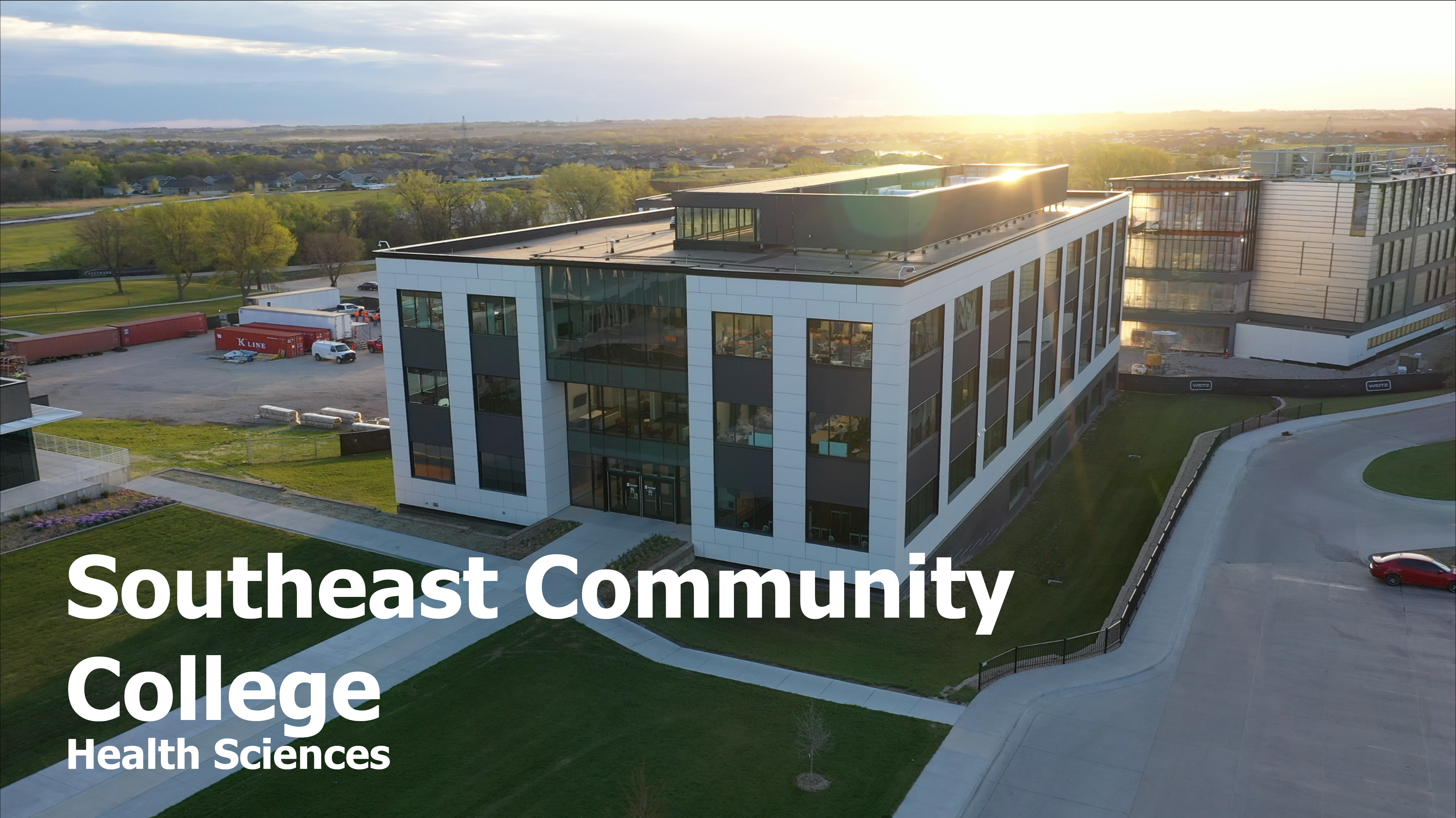Abstract
Southeast Community College (SCC) in Nebraska has adopted a technology-centric strategy to increase access to healthcare education across a geographically dispersed, primarily rural 15-county service area. Central to this approach is the use of simulation-based learning and the VALT (Video Audio Learning Tool) platform developed by Intelligent Video Solutions (IVS). SCC’s integration of VALT into both urban and rural health sciences sites—alongside mobile simulation units and remote learning technologies—has enabled students in underserved regions to engage in clinically relevant experiences without needing to relocate or commute long distances. This case study outlines how SCC applies infrastructure investment, faculty engagement, and strategic use of video technology to support students historically excluded from healthcare education due to distance, limited digital access, or socioeconomic barriers.
Introduction
Providing high-quality educational experiences in rural regions presents persistent challenges. Nearly one in five Americans live in rural areas, yet many of these communities face provider shortages, hospital closures, and limited educational infrastructure. In Nebraska, Southeast Community College (SCC) operates within this context, serving a region that spans 15 counties, many of which have experienced healthcare staffing crises. “Hospitals and facilities are closing just out of funding… and staffing needs,” said Jill Sand, Dean of Health Sciences at SCC. In response, SCC has implemented a technology-enabled strategy, combining video-enhanced simulation, network-based access, and mobile learning environments to deliver training across diverse community settings.

Institutional Overview
Among Nebraska’s six community colleges, SCC has positioned itself as a leader in healthcare education delivery. It supports 22 health sciences programs, including certificate, diploma, and associate degree offerings in fields such as nursing, surgical technology, and respiratory care. Community engagement has played a central role in SCC’s development priorities: a 2017 needs assessment revealed healthcare education as a top priority among stakeholders. In response, the college embarked on an ambitious plan to redesign its learning ecosystem around flexibility, remote access, and student-centered simulation.
Addressing Barriers for Underserved Students
SCC identified five core student populations historically excluded from healthcare education:
Key Underserved Populations
- Individuals living beyond commuting distance from campuses
- Students with limited financial means
- Rural residents with limited transportation
- Fully online learners needing practical hands-on experience
- Students with minimal digital literacy or academic preparation
Sand emphasized the importance of proactive inclusion: “We had to take a really good look at our communities and our students to identify who were those underserved individuals.” SCC used VALT to provide targeted support for each group, including remote evaluations, adaptive simulations, and digital mentoring. These solutions have allowed students to participate in clinical experiences while staying embedded in their home communities.
Use of Simulation and VALT Technology
VALT Integration and Functionality
A cornerstone of this expanded access strategy is SCC’s adoption of the VALT system by Intelligent Video Solutions. VALT is a video observation and review platform that supports real-time or asynchronous recording, annotation, and analysis of clinical simulations. Its installation across all health sciences programs—including six rural learning centers—allows SCC to conduct synchronized or independent training across dispersed sites.
Crucially, SCC collaborated with IVS to customize the platform’s integration into its curriculum. “It’s not us using their product the way that it was built. It’s them integrating with us and creating alongside us to meet the needs that we had,” said Sand. The system permits full remote control: “I can control a simulation from here or back in our building… I can also control a simulation from my home on my couch.” This capability ensures that students at satellite campuses and rural sites receive the same instructional quality and engagement opportunities as their urban counterparts.
Pedagogical Benefits
VALT extends beyond observation. Students can annotate their performance, review simulations with faculty asynchronously, and participate in structured peer evaluations—all within SCC’s learning management system. “That’s what made it not just a recording tool but an interactive learning tool,” Sand emphasized (2025). For example, students in Fall City—two hours from Lincoln—can complete full simulation cycles without commuting, making healthcare education viable for individuals balancing work, caregiving, or limited transportation options.
Expanding Reach through ROAM
In classrooms without dedicated simulation facilities, Southeast Community College uses mobile ROAM carts to convert unconventional spaces into functional simulation environments. These compact units, equipped with VALT, can be used in areas outside of the simulation labs. “It’s the same learning objectives. It’s the same simulator. We’re just not in the traditional space,” explained Sand. This flexible approach allows students to capture their practice anywhere on campus.
Infrastructure and Investment Strategy
Infrastructure Development
Backed by $34 million in federal and state investment, SCC constructed a centralized 84,000-square-foot Health Sciences Building in Lincoln. This facility serves as a hub for students on campus and a command center for simulation activities across the region. “We really wanted to provide increased access to healthcare education… not just in our Lincoln campus, but to bridge out to our other communities where we have learning centers,” explained Sand.
Creative Funding and Resource Allocation
SCC has leveraged nontraditional sources to support its technology expansion. Approximately 90% of the college’s IVS contract was funded through USDA and Department of Transportation grants. This creative approach to funding underscores how cross-sector collaboration can support educational equity.
Faculty and Community Engagement
SCC’s success also stems from its inclusive model of faculty and community involvement. Instructors across disciplines were involved in designing simulation labs that could meet the needs of multiple healthcare fields—from nursing and respiratory care to dental assisting and physical therapy.
Furthermore, SCC used VALT to cross-train providers in rural hospitals. For example, ER nurses in rural clinics—no longer offering OB services—used VALT to train for emergency childbirth scenarios. These sessions were recorded, reviewed, and improved over time, helping build capacity in otherwise under-resourced communities.
Conclusion
Southeast Community College’s integration of video-enhanced simulation via the VALT platform demonstrates how technology can be systematically applied to reduce educational disparities in rural regions. Through strategic funding, regional partnerships, and faculty-driven innovation, SCC has created an inclusive healthcare training model with potential applications beyond Nebraska. By prioritizing accessibility, adaptability, and interactivity, SCC has expanded its educational impact across diverse learner populations—offering a replicable example for other rural-serving institutions.
Unlock the full potential of your simulation space with our healthcare simulation planning guide. Our free guide with PDF download can help you transform your space to optimize learning opportunities. Download your guide today!
To learn more about how IVS can support your A/V capture goals, visit our Simulation Solutions pages or contact our experienced team for more information today.








